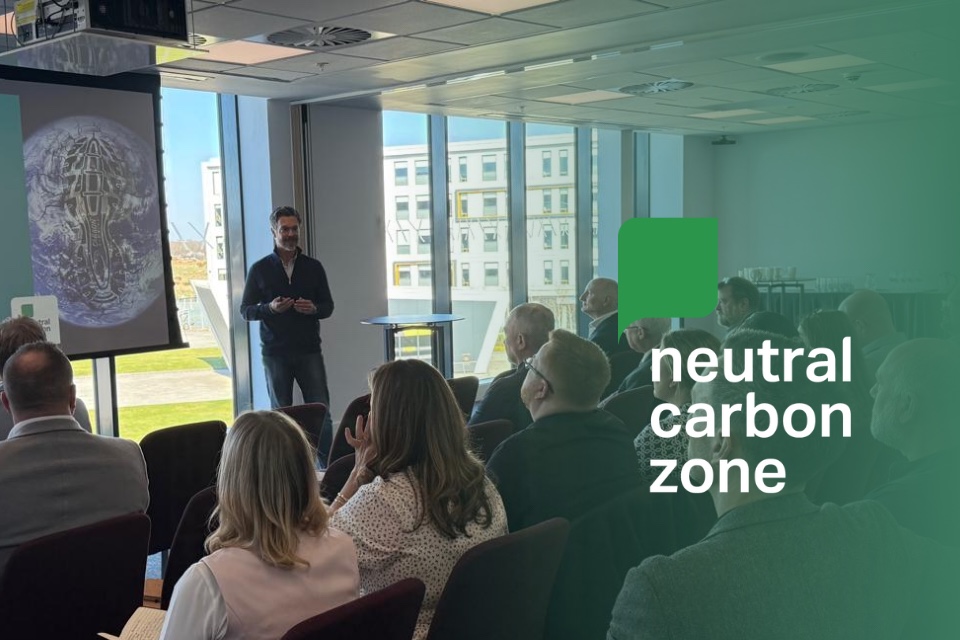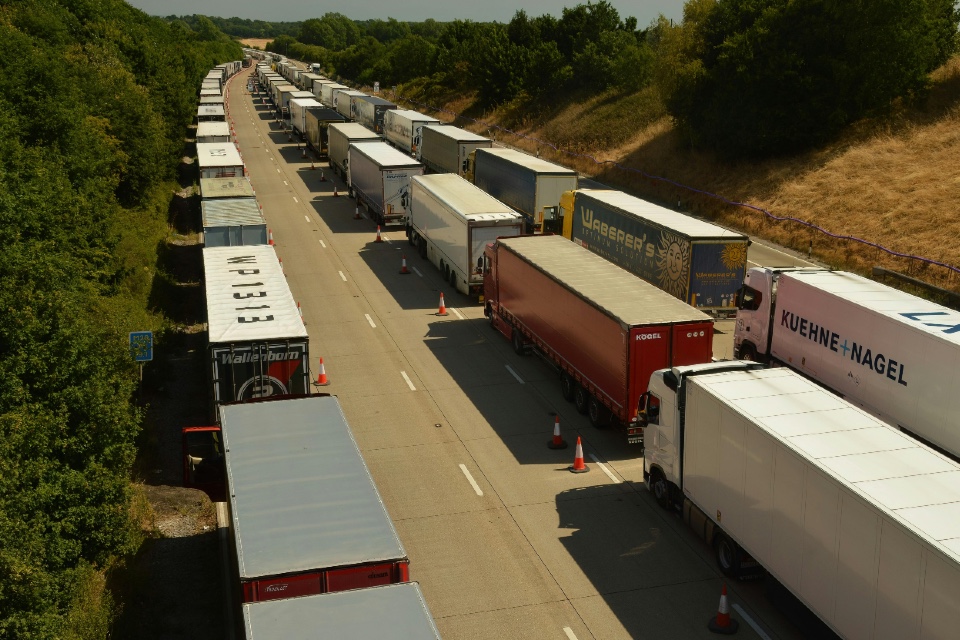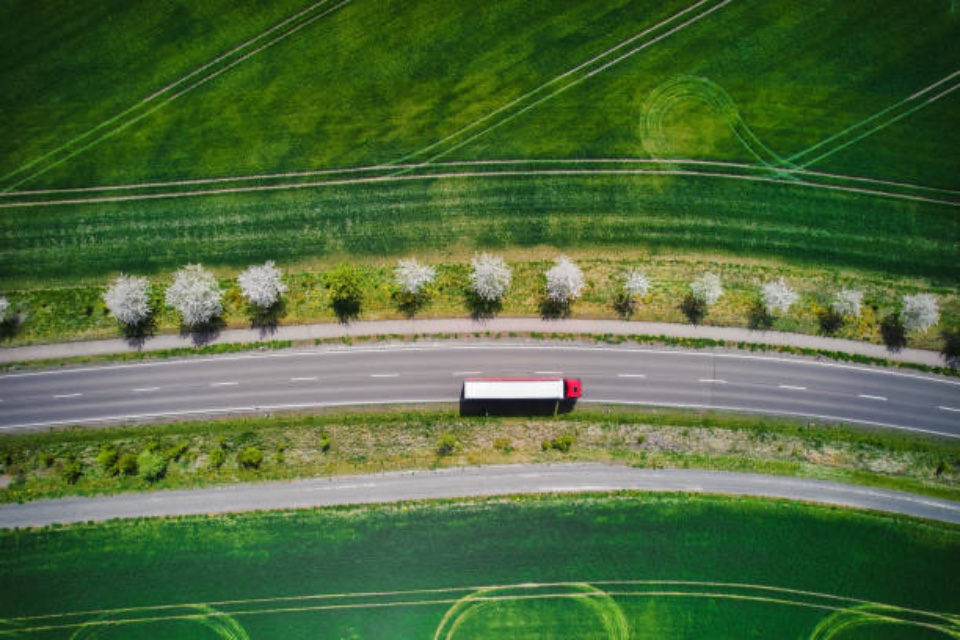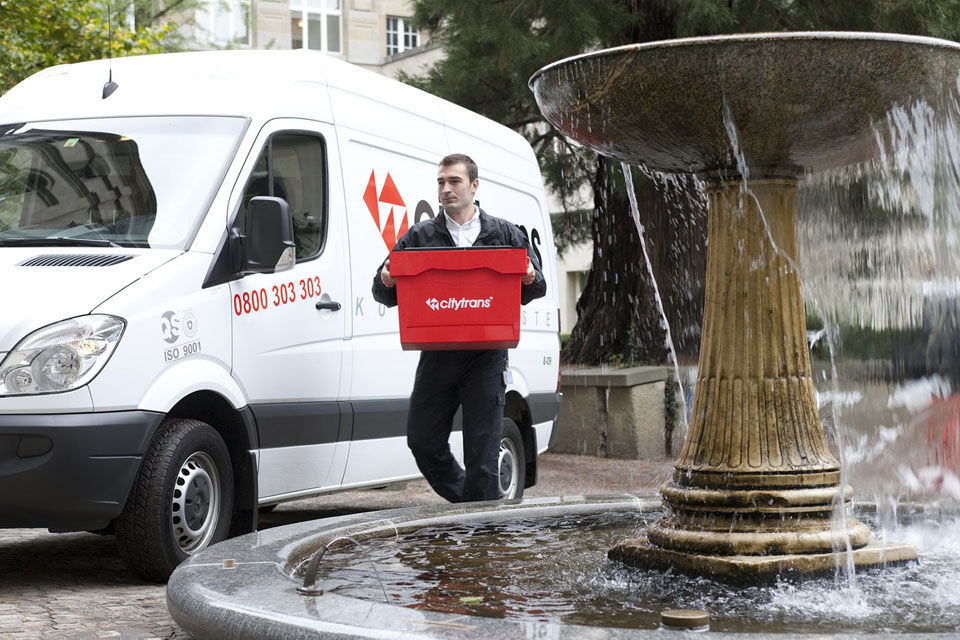Why UK supply chains can’t ignore carbon accountability

By Alan Stenson, CEO, Neutral Carbon Zone When it comes to credible sustainability strategies, the real challenge, and the real impact, often lies in the supply chain. In the UK, decarbonisation is no longer much of a choice; it’s fast becoming critical to business. Public procurement rules like PPN 06/21 now require suppliers bidding for central government […]
Pilot programme hopes to decarbonise the UK’s transport-logistics sector

Digital Catapult has announced the results of a pilot programme it delivered to address the environmental impact of empty trucks on roads across the country, demonstrating a potential to cut CO2e emissions by 15-30%. UK logistics play a critical role in driving economic growth, contributing £163 billion to the economy, and serving as a vital link between […]
Achieving supply chain sustainability: The whys and hows

By James Humphreys, specialist in green manufacturing at Katana ERP Businesses are placing more emphasis on reducing their environmental impact and embracing ethical responsibility. Supply chain sustainability is a critical component of this effort. In this article, we’ll explore the importance of sustainability and examine how companies are integrating it into their supply chains… With […]
Is carbon management crucial for a clean supply chain win?

As the urgency to combat global warming intensifies, enterprises are increasingly adopting rapid decarbonisation practices to align their business strategies with sustainable development goals (SDGs). With a focus on addressing the dual crises of climate change and the ongoing destruction of natural ecosystems, businesses are at the forefront of sustainability efforts and are highly interested […]
How retailers can improve sustainability and profitability in home delivery

Today, home delivery and sustainability are coming together in consumers’ minds. Descartes recently conducted a comprehensive study to help retailers understand not only how this convergence is changing consumer home delivery preferences; but also how retailers can take advantage of these evolving preferences to help themselves and the environment. The good news is that consumers […]
FMCG giants ramp sustainable packaging efforts

Fast-moving consumer goods (FMCG) companies are increasingly pledging to bring the environmental, social and governance (ESG) element into packaging with an aim to address various environmental challenges. Amid mounting pressure from customers, investors, and governments, they are making forward-thinking moves to improve the world by offering ethical, sustainable purchase choices to consumers, says GlobalData. GlobalData’s […]
87% of business leaders expect to increase sustainability investment

87% of business leaders expect to increase their organization’s investment in sustainability over the next two years. Customers are the primary stakeholder group creating pressure for organizations to invest or act on sustainability issues, selected by 80% of executives, followed by investors (60%) and regulators (55%). “Sustainability enables businesses to cope with disruption,” said Kristin […]
Digitalise to decarbonise: The emerging manufacturing imperative

By Saša Petrovic, EMEA Digital Strategy Director, Citrix As the world grapples with the immense challenges of decarbonisation, headlines often focus on points of failure. New fossil fuel exploration or biodiversity loss, after all, are more attention-grabbing than making marginal improvements to existing systems. However, being aware of successes that society can capitalise on is […]
Hubbub outlines challenges and opportunities for reusable food and drink packaging

Environmental charity Hubbub has launched ‘Reuse Systems Unpacked’, a report uncovering the challenges and opportunities for reusable food and drink packaging systems. The report, unveiled at The Royal Society of Arts in the presence of key players in the sector, provides recommendations on how reusable packaging systems can work and what needs to happen for […]
Driving supplier sustainability: In uncertain times, control the controllables

By Mark Perera, CEO and Founder, Vizibl I recently had the pleasure of giving a presentation at Procurement and Supply Chain Live at Tobacco Dock. Given it was my first in-person event since the pandemic shut everything down, it was a real buzz to be in front of an audience of my peers again, and […]

